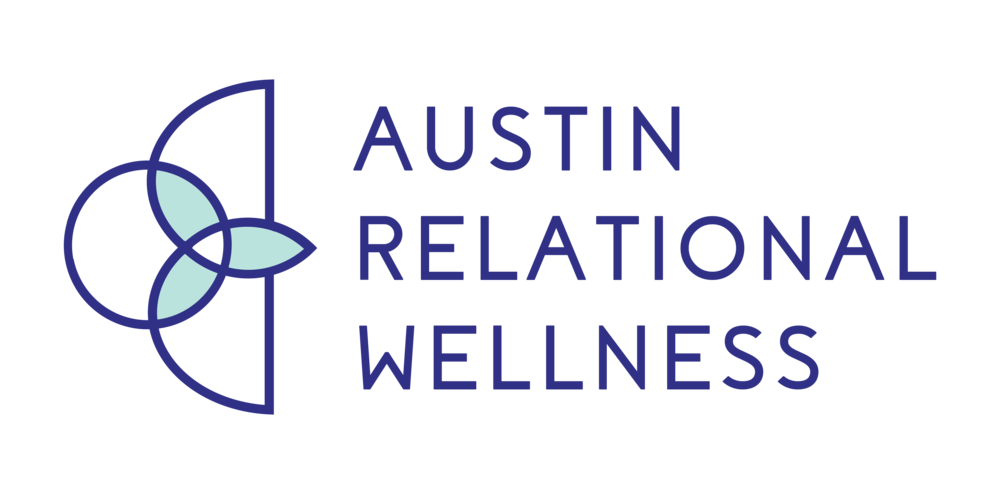If you’ve ever had a pet, you’ve experienced how animals love us unconditionally. They know all parts of us and are our “fur babies”, which can make it so hard to process when they are sick or when they pass. In fact, research has shown losing a pet can hit harder than losing a human for some people.
Lately, I have had a handful of conversations with friends about making difficult decisions, such as having to put their dog down or their cat suddenly getting sick. They’ve described how the experiences filled them with a rush of anxiety and panic and left them wondering how to cope. Personally, I have a senior dog that is aging, and I too have explored what grief due to pet loss looks like.
Understanding your grief and loss
According to Elisabeth Kubler-Ross, it is widely accepted in the therapist community that grief has 5 stages - denial, anger, bargaining, depression, and acceptance. While they are called stages, they don’t always go in a particular order, so it’s important to honor where you are at any given moment.
The first few days may hit you the hardest. When you don’t hear their paw steps or there’s no one wagging their tail at the door to greet you, it can be difficult.
Like any time you are struggling, you want to be sure you are meeting your basic needs and that you are eating, sleeping, going to work, and meeting obligations. Around the month mark, you may want to assess if it feels more like depression than grief. In a future post, I’ll touch on the differences between grief and depression.
Find ways to process the grief and loss
One way to process grief is through ceremony. Prior to your pet passing, give them their best moments before saying goodbye — a steak, a walk on the beach, and all the “I love you’s”. If you can, create a ceremony to celebrate their life. You can even hold a service with your community of friends.
Take the space you need
It is okay to take a personal day from work. In fact, some companies honor pet loss as a family loss. You can also find ways to grieve such as:
1. Find a support group or system
2. Write your pet a letter
3. Know that your grief is valid
4. Don’t compare your grief to others’
5. Honor when and if you want to have another pet join your family
6. Acknowledge that it is okay to cry and have waves hit you suddenly
7. Talk about your pet and share memories with those around you
8. Talk to a therapist
Article by Sarah Imparato, MA, LMFT Associate
Austin, TX Grief & Loss Therapist









































